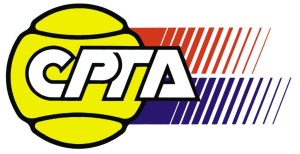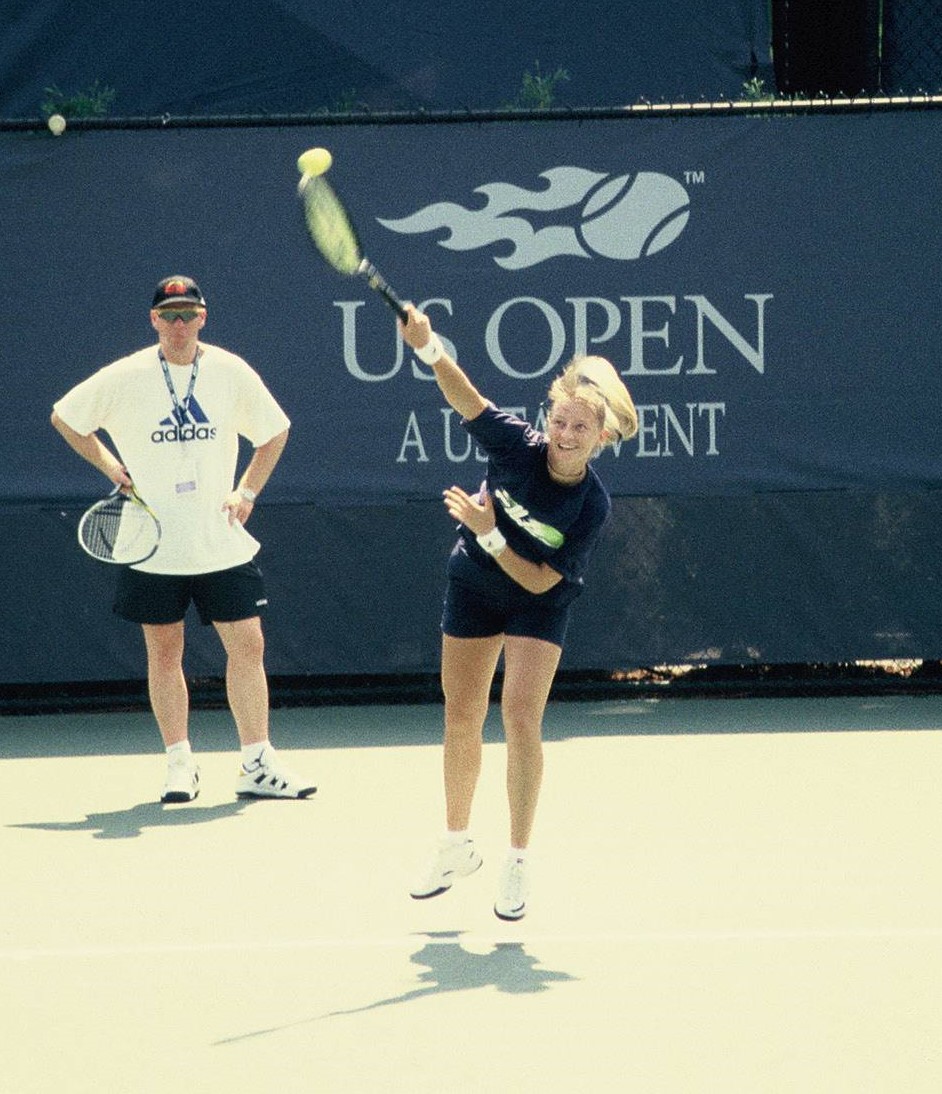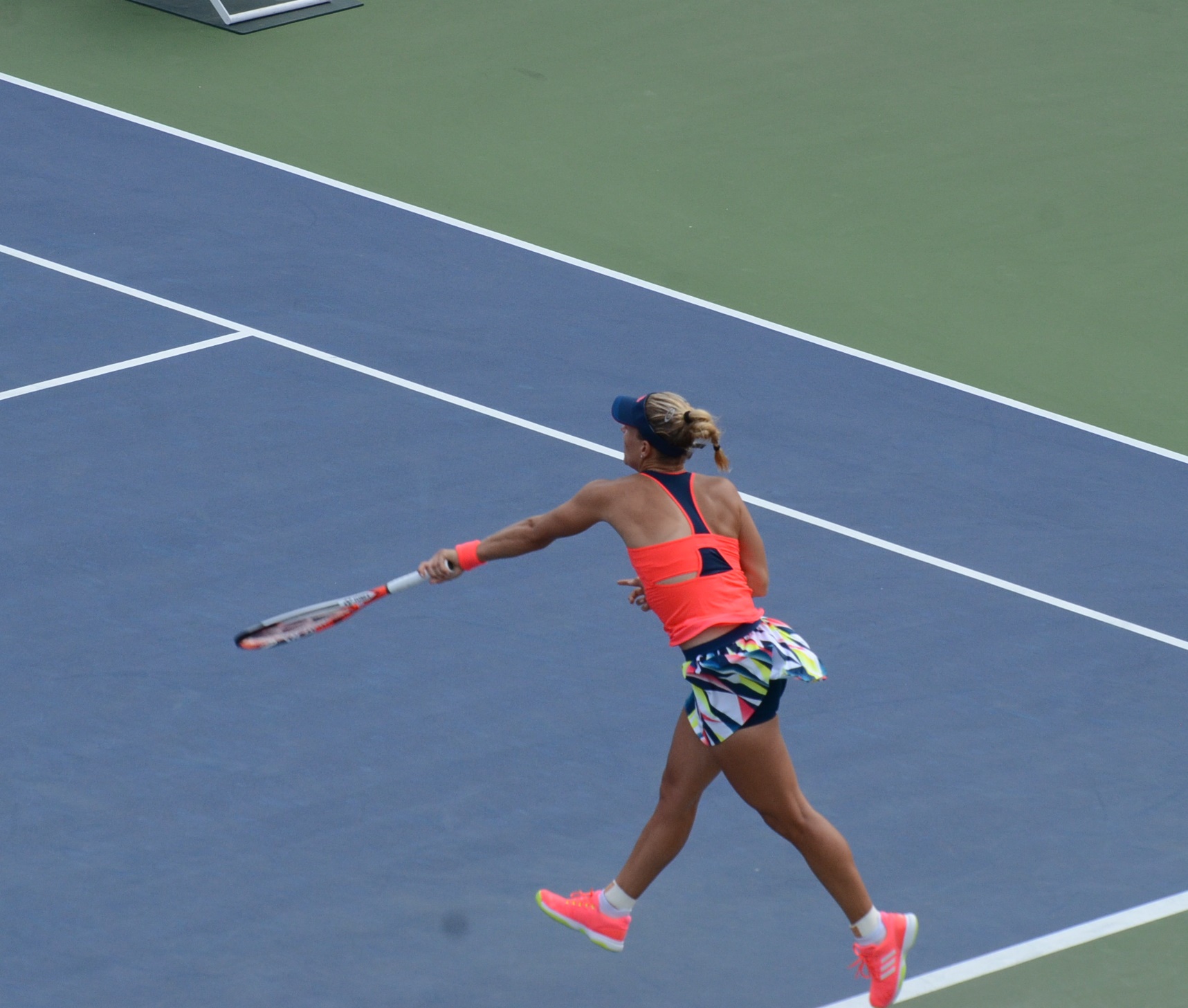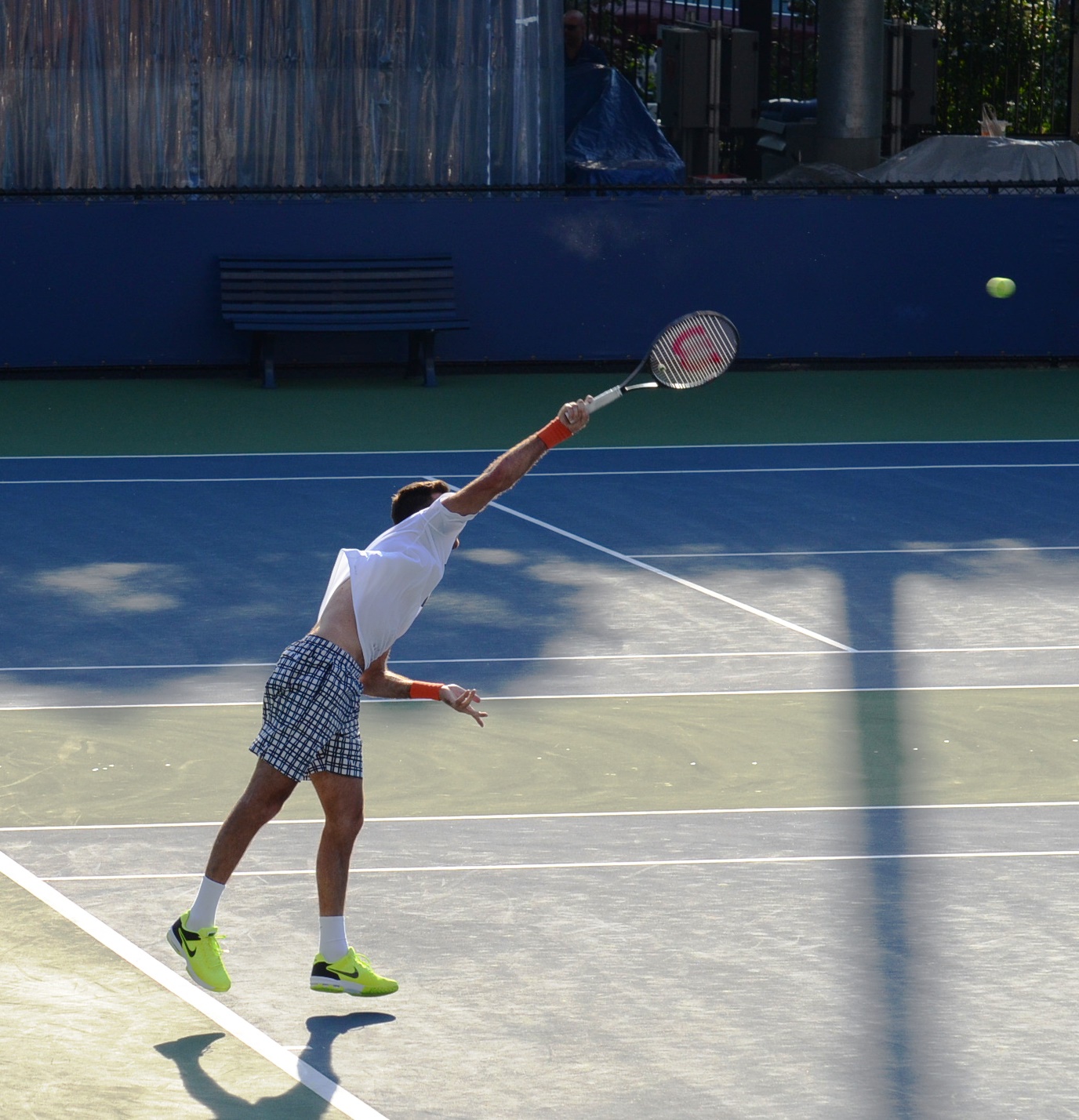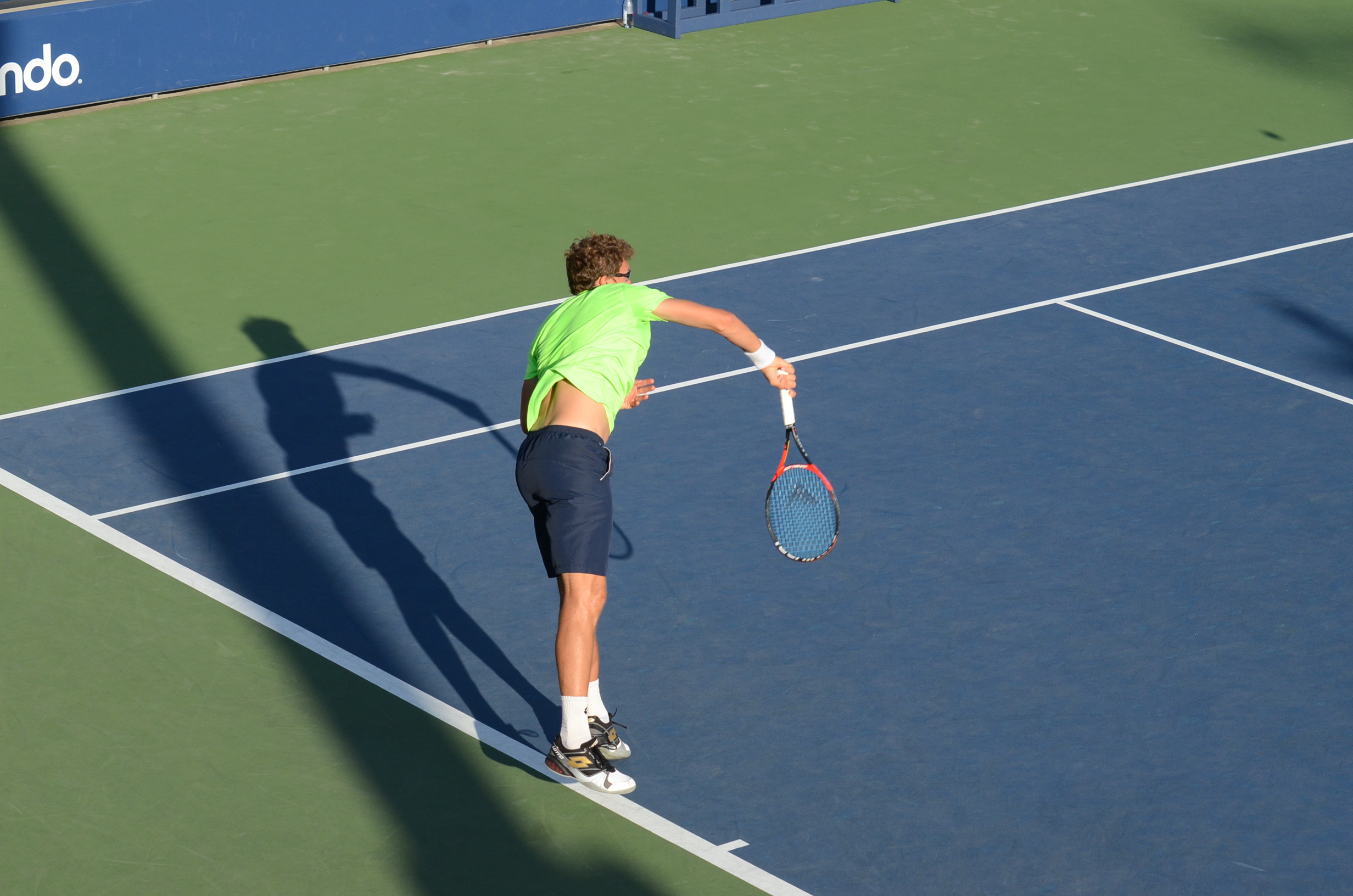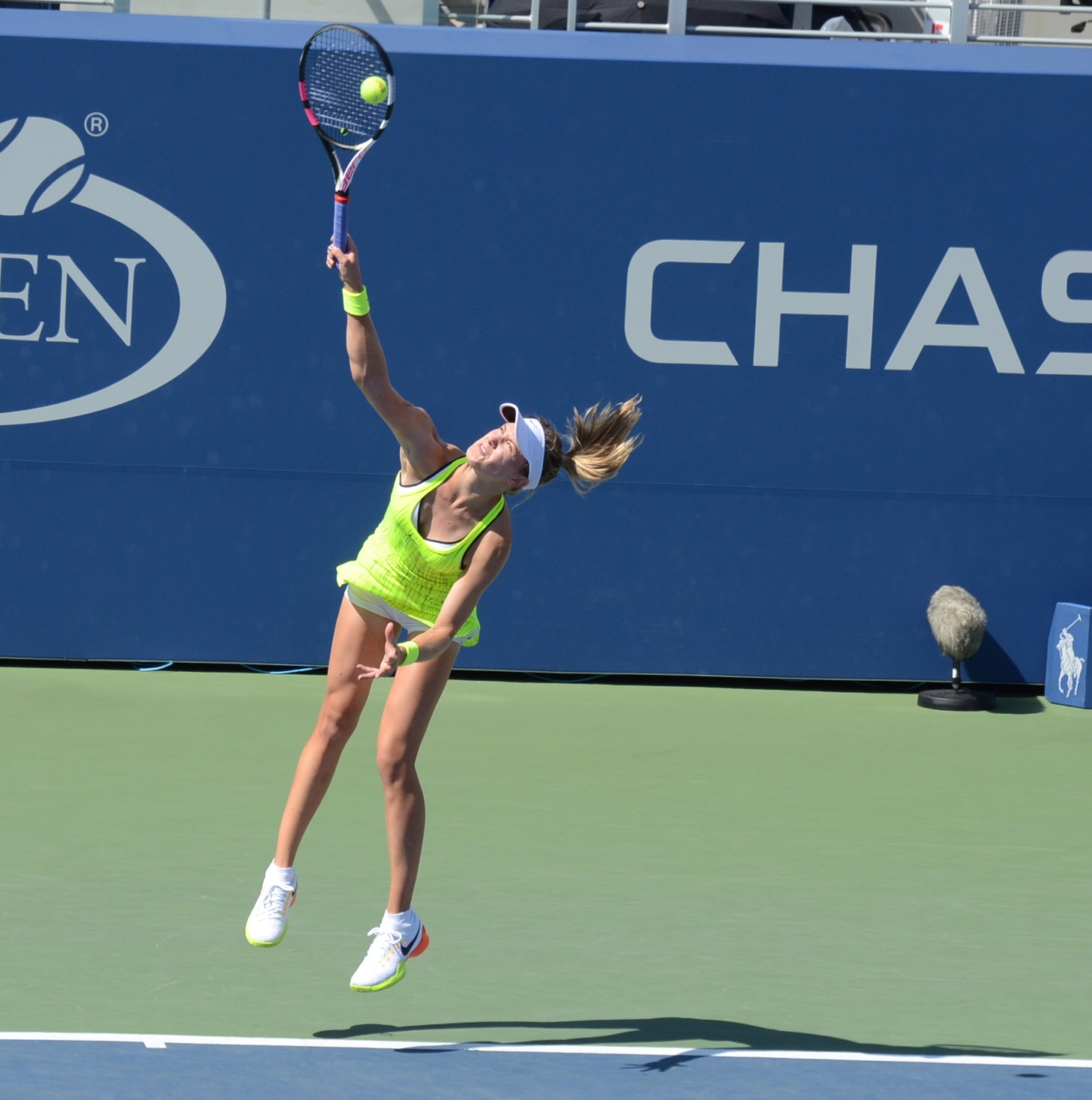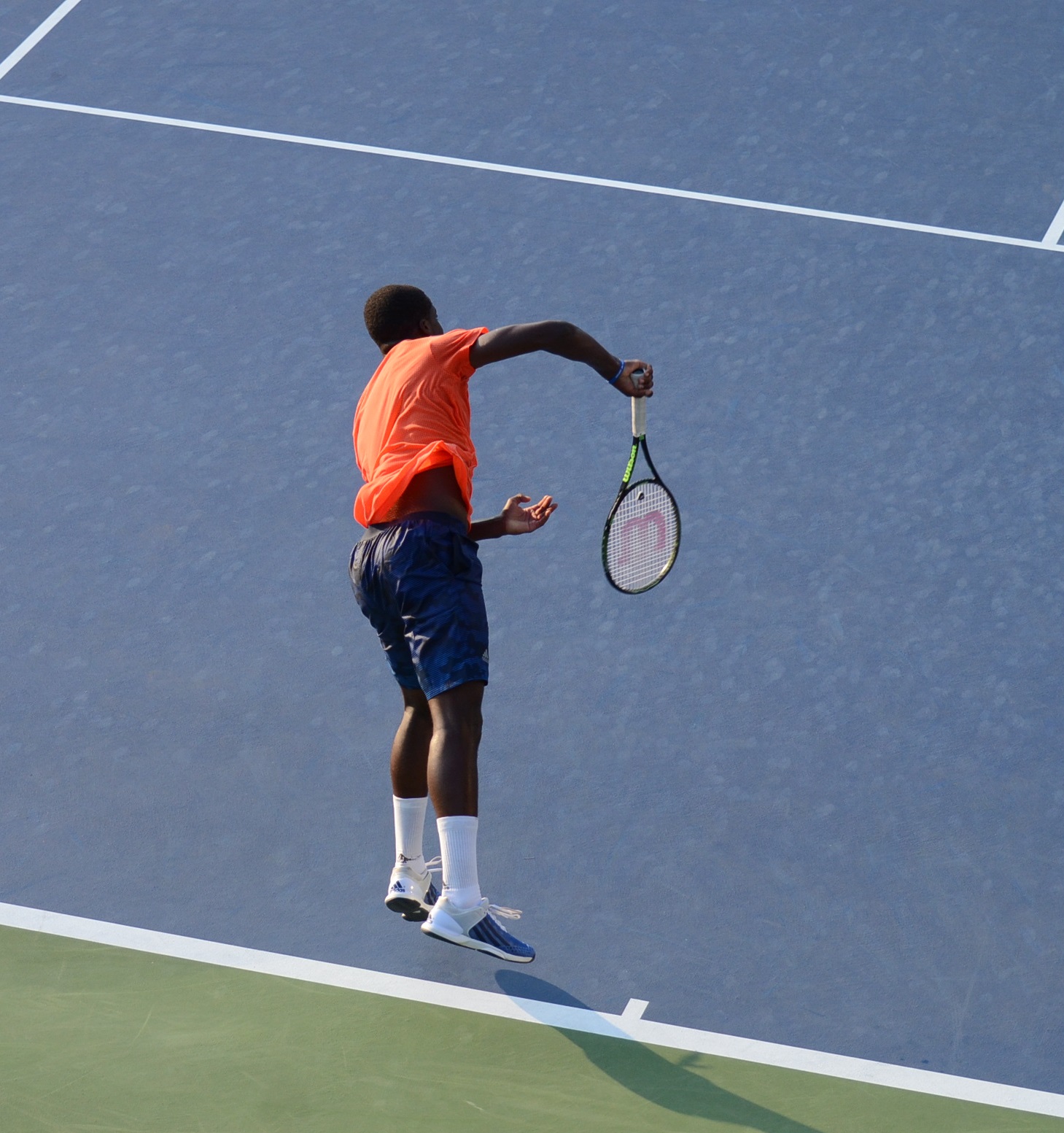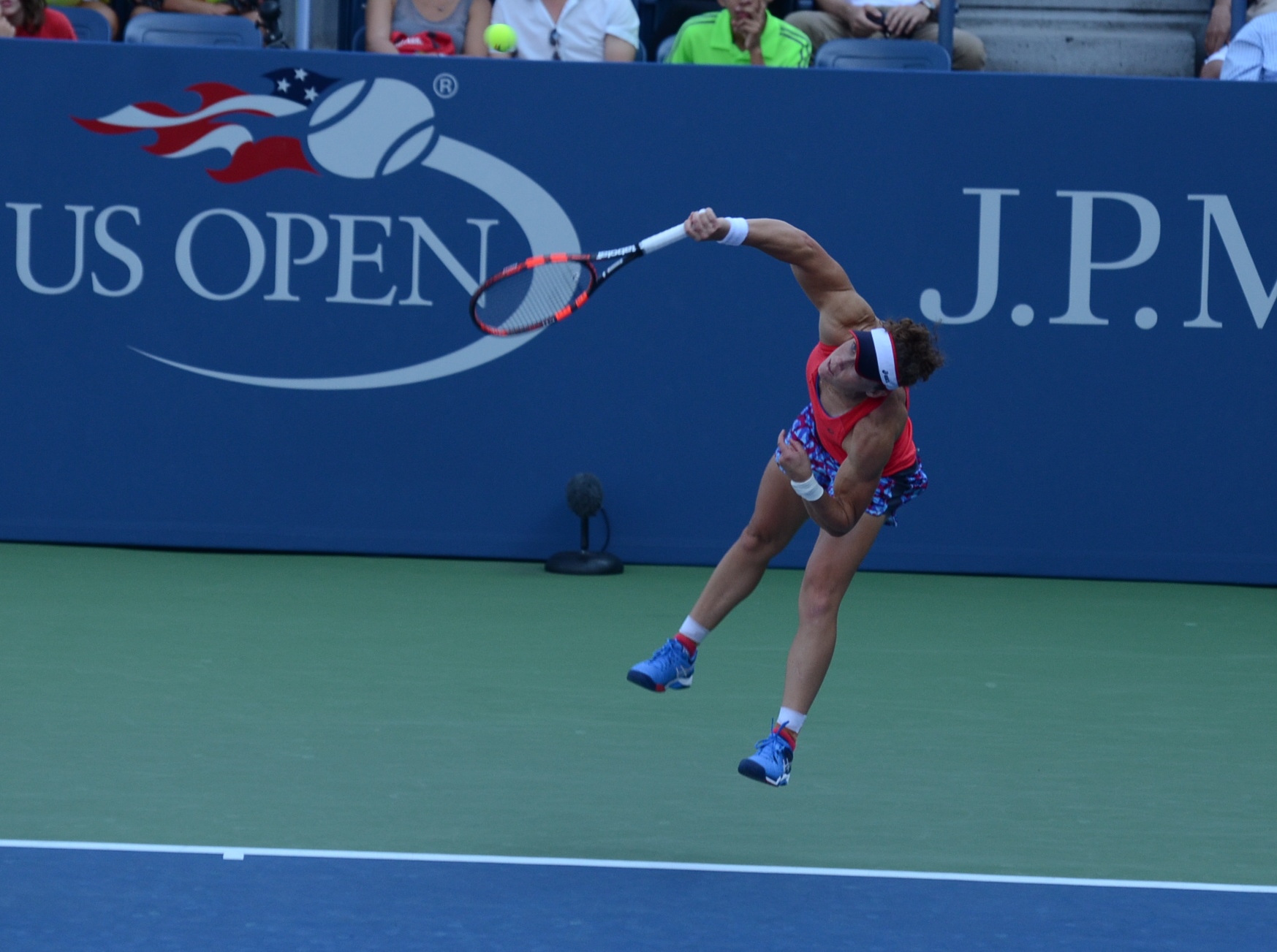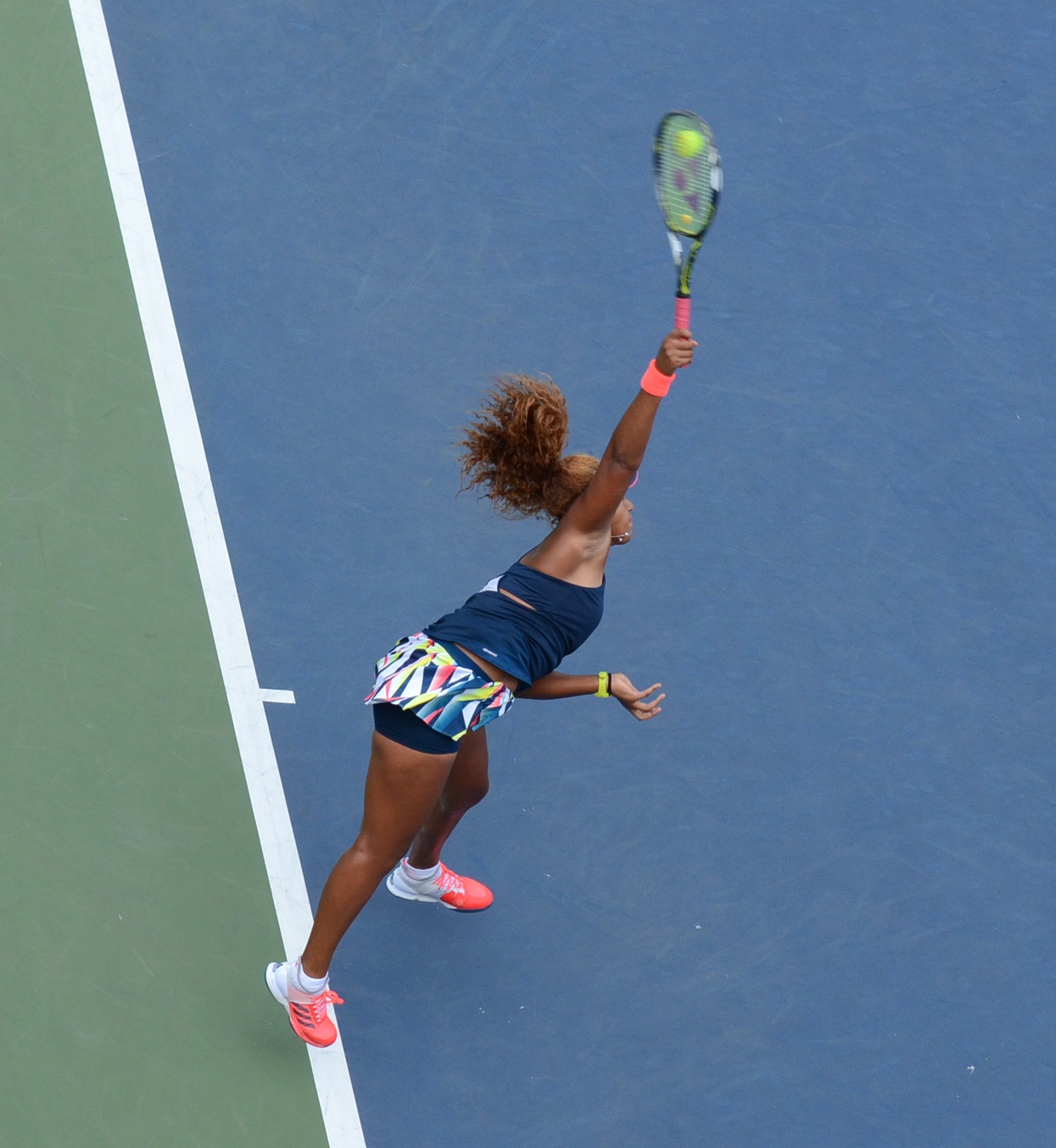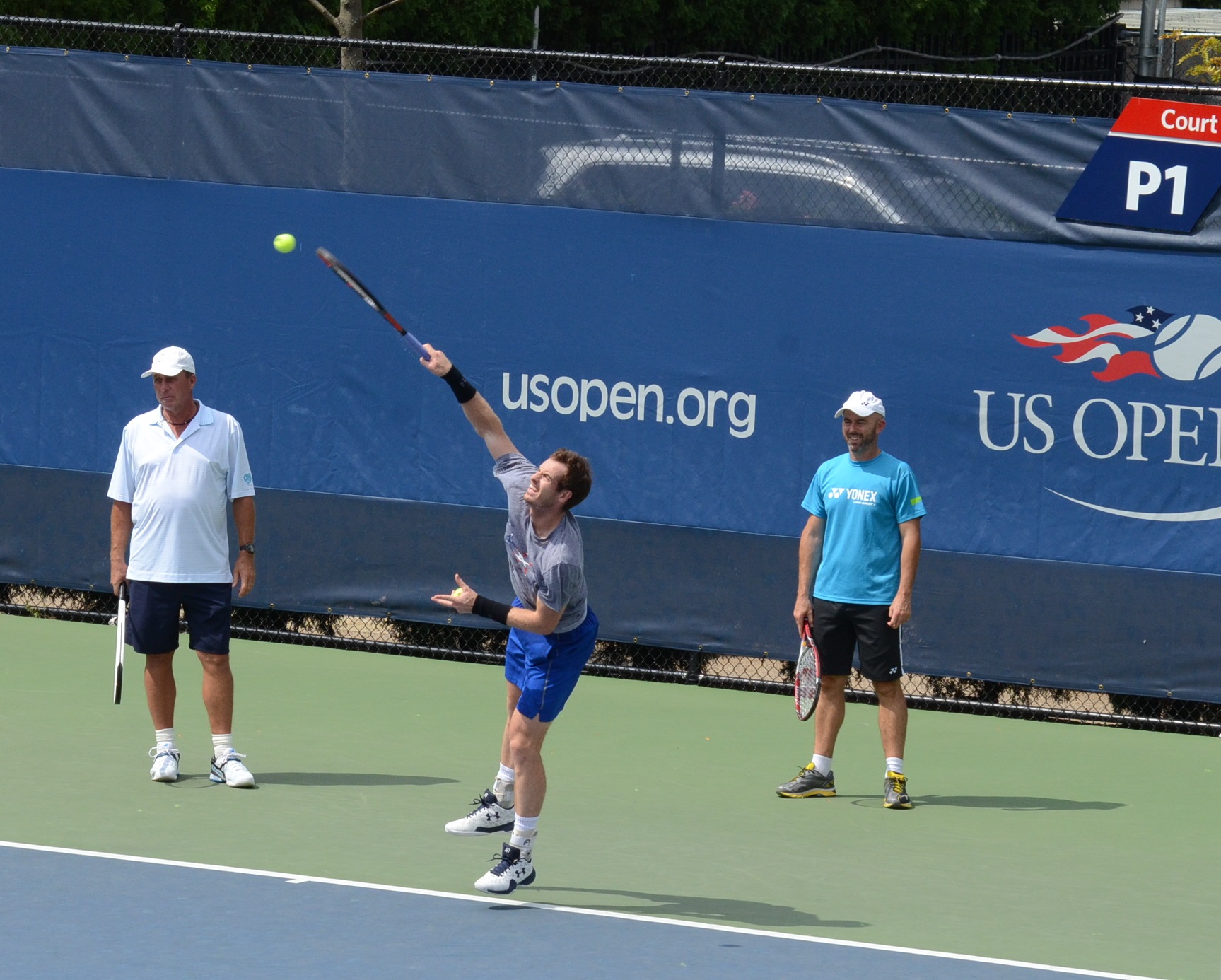
Andy Murray – 1st service with rather lower margin
The above numbers tell us that Andy's service margins are mostly (besides aces) quite below the ones of his closest competitors. It's mainly his excellent return and rally game that make him to such a successful player he is. From the technical point of view, as I personally see it, a limited pronation and a rather unclear distinction between the follow through 1 and follow through 2 are the reasons behind Andy's lower service margins. Interestingly enough, Ivan Lendl (1st serve 56%, overall service points won 66%) had similar issues in his career.
